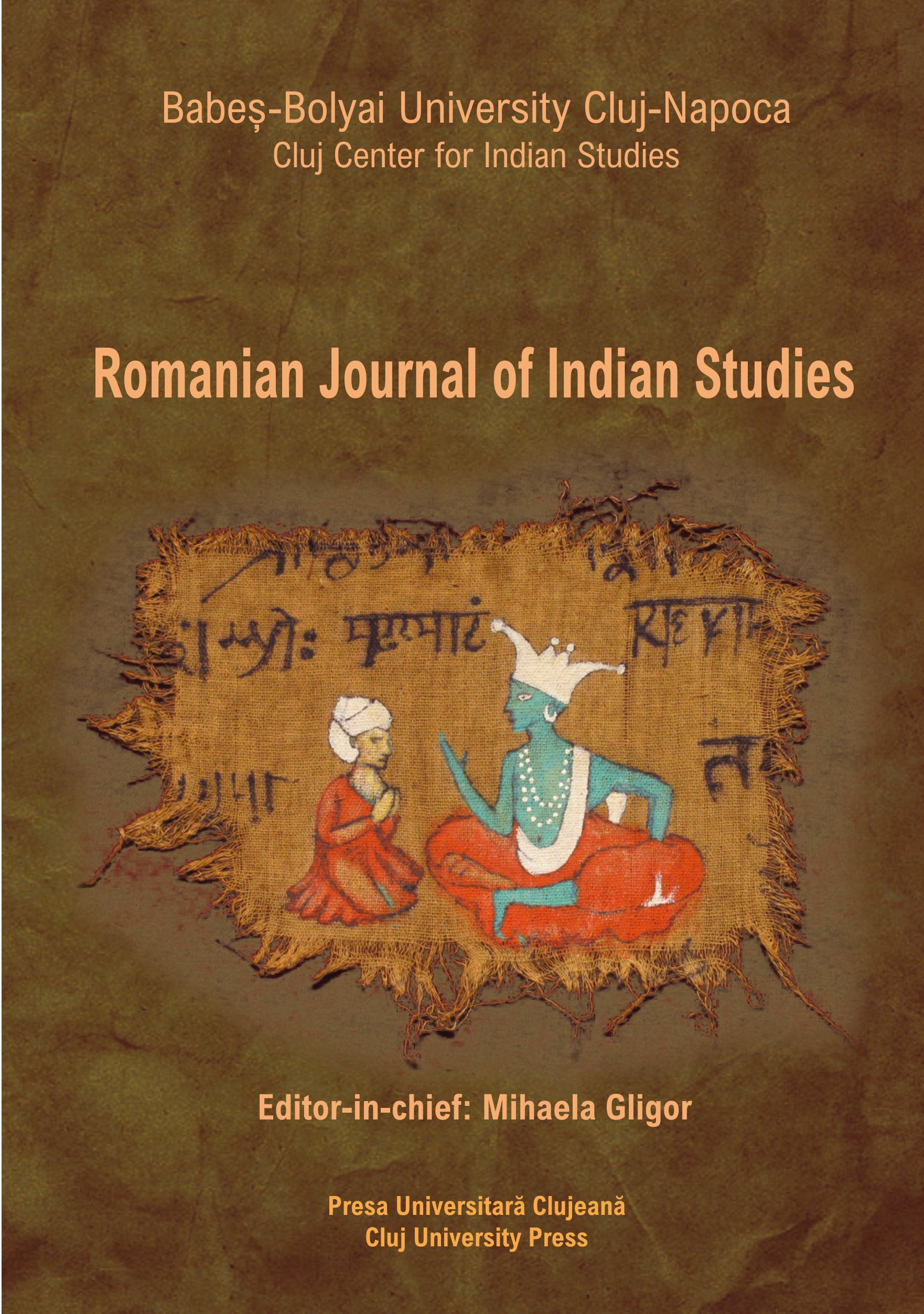Vaṭapatraśāyī and Brahmā Interlaced: Hints from Early Cōḻa Temples
Vaṭapatraśāyī and Brahmā Interlaced: Hints from Early Cōḻa Temples
Author(s): Rajukalidos ParthibanSubject(s): Fine Arts / Performing Arts, Architecture, General Reference Works, Visual Arts, Source Material, History of Art
Published by: Presa Universitara Clujeana
Keywords: Vaṭapatraśāyī; Śeṣaśāyī; Brahmā; child-God; Puḷḷamaṅkai; devakoṣṭha; āl/vaṭa;
Summary/Abstract: Vaṭapartraśayī is an iconographic form of Viṣṇu,representing the child - Krṣṇa (Kaṇha in Prākrit or Kaṇṇaṉ in Tamil)reposing on banyan-leaf conversing with the eternally youthful sage, Mārkaṇḍeya. Sculptural evidences of this form are traceable in the art of Tamilnāḍu since the Early Cōḻa period, early half of the 9thcentury CE (Desai 2013, 2016 and Gail 2014). Śeṣaśāyī finds theLord reposing on the eternal serpent, Ananta, also known as Śeṣa, an“emblem of eternity”. R.K.K. Rajarajan (2018: 14, 23) is uncertain whether Brahmā is affiliated with a child. The present article affirms Brahmā in early samples is somehow associated with of Vaṭapatraśāyī, the child-God. Brahmā originates from the lotus emanating from the umbilicus of padmanābha-Śeṣaśāyī. NeitherŚeṣaśāyī nor Brahmā are viewed in child-form in this case. TheTamil mystics, the Āḻvārs, have bequeathed a rich literature bearing on Vaṭapatraśāyī, called Ālilaimēvumāyaṉ (the Māya pervading over the banyan leaf).
Journal: ROMANIAN JOURNAL OF INDIAN STUDIES
- Issue Year: 2019
- Issue No: 1
- Page Range: 57-94
- Page Count: 37
- Language: English

